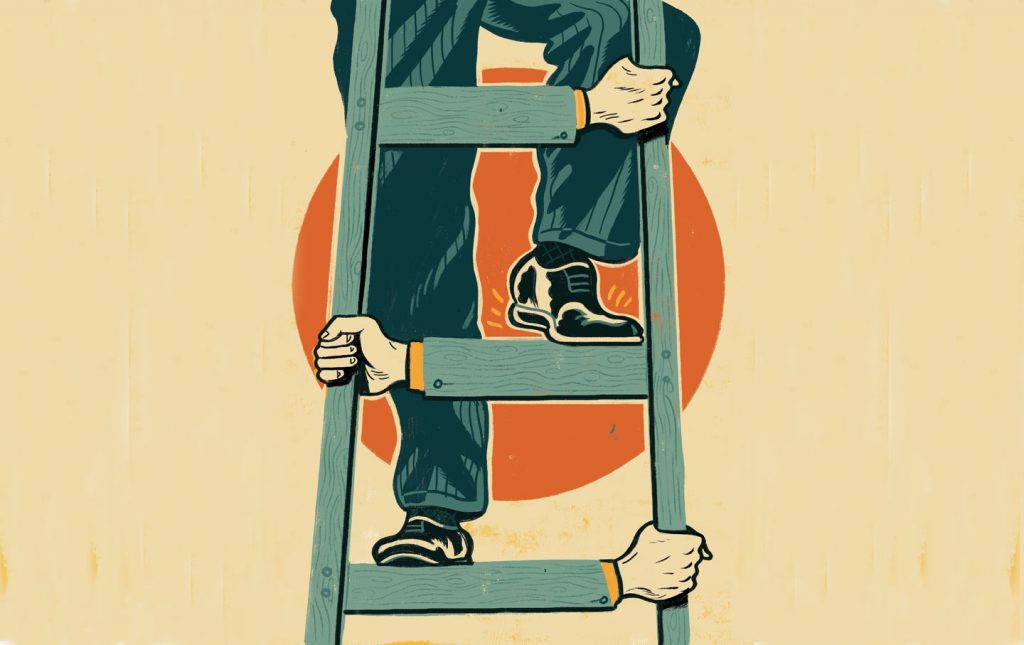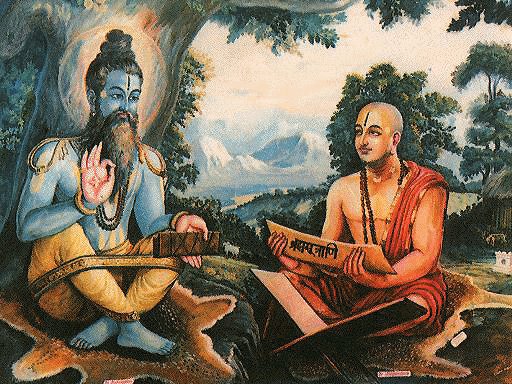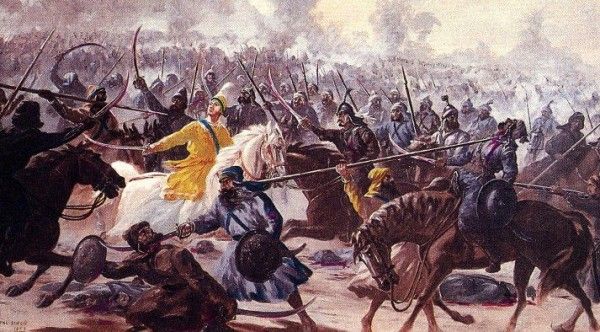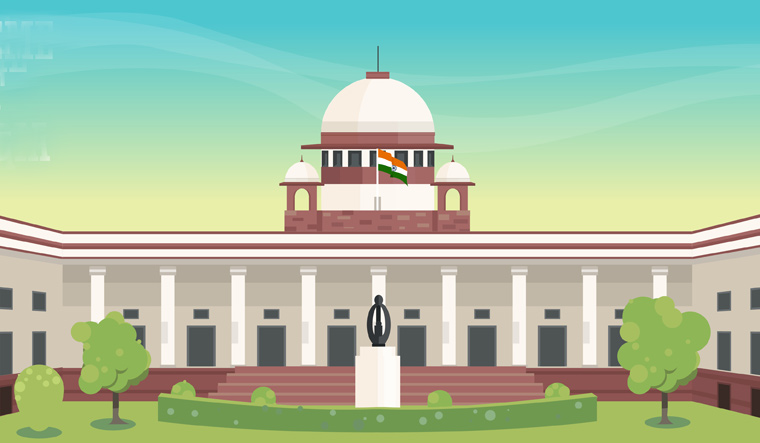
When you deprive people of their right to live in dignity, to hope for a better future, to have control over their lives, when you deprive them of that choice, then you expect them to fight for these rights.
Queen Rania Al Abdullah of Jordan
Human rights are those rights which are fundamental for the survival of people and their life. Human rights have been instilled in society right from the starting of human civilization. Especially the concept of ‘वसुधैव कुटुम्बकम्‘ contains the soul of human civilization. The ‘Rig Veda‘, the oldest document of the Indians declared all human creatures are equal & respect each other’s human rights. The ‘Atharva Veda’ advocated the same thing. In addition to this, ancient India focused on the principle that one person’s right is another person’s obligation.
Olden Days
The history of human rights covers thousands of years and draws upon religious, social, philosophical, and legal advancements all through recorded history. Several old reports and later religions and philosophies included an assortment of concepts that may be considered to be human rights. Eminent among such archives are the Proclamations of Ashoka issued by Ashoka the Great of India between 272-231 BC and the Constitution of Medina of 622 AD, drafted by Muhammad to stamp a formal assertion between all of the noteworthy tribes and families of Yathrib (afterwards known as Medina). Be that as it may, the thought for the assurance of human rights developed after the awful encounters of the two world wars.
Earlier to the world war, there was not much codification done either at the national or the international levels for the assurance and implementation of human rights. Philosophy of human rights had already occupied a place of prime significance in old Indian Brahmanical society. In ancient India, law, which was structured on the reasoning of Dharma, did not have much scope for religious discrimination. We learn from the Mahabharata that dharma was ordained for the progression of all animals as well as for controlling animals from harming one another.
Within the Bhagavad Gita, honesty has been depicted as the essence of dharma. The Upanishads talk of dharma as the foundation of the entire universe and through it, one drives away evil. The Vedas and Smritis have talked highly of the balance of brotherhood e.g. वसुधैव कुटुम्बकम्‘ (the whole world as one family). All four Vedas insist on uniformity and regard for human respect.

In the entire eighteen Puranas, Vyasa has said two things: doing great to another is right, causing damage to another is wrong. Whether it is Mahabharata or Arthashastra or Manu Dharmashastra or Narada, there’s a great accentuation on the institution of kingship and Rajdharma in order to elude from political disorder, social chaos, and injustice. Kings were required to make a promise never to be subjective and always to act concurring to ‘whatever law there is and whatever is dictated by ethics and not opposed to politics.‘
The teachings of Lord Buddha were utilized to dispense equity to the individuals. Ashoka worked broadly for the protection of human rights. His chief concern was the happiness of his subjects. Ashoka had been successful in the establishment of a welfare state and essential opportunities were available to individuals. The study of Mudra Rakshas appears that the agreement of justice was considered as one of the important obligations of the rulers. Hence, it is inexhaustibly clear that ancient Indian law stood for enlarging and empowering human freedom, liberty and equality for all individuals. It has created common ideas based on human solidarity and agreement which transcends diversities of race, colour, dialect, religion, etc.
During the Muslim era, the Muslim rulers in India were fundamentalists and tyrannical who constrained upon the Hindus their own laws, traditions, and religious practices. Hindus were not treated in law on standard with the Muslims – the latter being the conquerors and the previous being the Kafirs: the non-believers of Islam; uncommon inabilities like jazia, were forced on Hindus.

Amid the rule of Aurangzeb, the concept of justice was made less perplexing and more expeditious than in the former reigns. Corruption in Judiciary was made a crime for the first time. The faction of Sufism predominant in Medieval India spread the message of secularism by the symbiotic synthesis of the core values of diverse religions to bind the pluralist society. Saints and holy people proliferated the message of the Sufi saints to accentuate that the contrast between human beings is man-made, all being born equal. It may be reviewed that from time immemorial Indians have called their culture by the title of ‘human culture’ (ManavDharam/ManavSamriti). Human dignity had an all-inclusive appeal and Indian culture had tried to be comprehensive as to suit the needs of each human being, irrespective of age, colour, sex or caste.
Modern Times
After witnessing the colonial rule, each Indian was of the firm opinion that the acknowledgement, security, and implementation of human rights are not only fundamental but too unavoidable for them for driving a civilized life. It is, however, after the national struggle for freedom that a concrete movement for claiming the human rights for the individuals of India took shape in which individuals from distinctive walks of life joined together to realize ‘Swaraj’ (independence) for themselves.

Judiciary in India plays a vital part in implementing these rights. By virtue of Articles 32 and 226, the Courts have greatly extended the ambit of the legal review and formulated modern strategies and techniques by opening the entryways of Justice to the poor and discouraged through Public Interest Litigation (PIL). It can fairly be said that the judiciary in India through the innovation of Public Interest Litigation or Social Interest Litigation has broadened the concept of social justice and has gone much ahead in organizing, extending, ensuring, and promoting human rights. By strenuous endeavours, the Courts are attempting to decipher the constitutional philosophy of human rights jurisprudence into reality. The judiciary has been rendering judgments that are in tune and temper with legislative aim whereas keeping the dimensions of fundamental human rights of the citizens so as to make them meaningful and practical.
Human Rights is enshrined through the enhanced concept of Article 21 of the Constitution of India. Article 21 of the Constitution of India is the heart and soul of our Constitution. Its scope is being broadened in an ever-extending horizon, by various legal proclamations. According to Bhagwati, J., Article 21 ‘embodies a constitutional value of supreme importance in a democratic society.‘ Iyer, J., has characterized Article 21 as ‘the procedural Magna Carta protective of life and liberty.’ This right has been held to be the heart of the Constitution, the foremost natural and progressive arrangement in our living Constitution, the establishment of our laws.
Article 21 can only be claimed when an individual is denied of his ‘life‘ or ‘personal liberty‘ by the ‘state‘ as characterized in Article 12. The infringement of the right by people is not within the purview of Article 21.
The major landmark decision which led to the broadening concept of Article 21 is Maneka Gandhi v. Union of India, wherein a broad interpretation was embraced. In this case, a number of dynamic propositions were made to create Article 21 more significant. The prior view that Article 21 was a Code by itself was rejected. Articles 14, 19, and 21 were held to have a close association. Concurring to Justice Krishna Iyer, no article pertaining to a Fundamental Right is an island in itself. Just as a man isn’t dissectible into separate limbs, cardinal rights in an organic constitution have a synthesis.
In Maneka Gandhi v. Union of India, Article 21 was given an extended meaning to read the ambit of the Fundamental Rights rather than weaken their meaning and content by a process of legal construction. Justice Iyer commented, ‘The spirit of man is at the root of Article 21.’
Similarly, in P.Rathinam v. Union of India, the Supreme Court interpreted ‘life‘ as the right to live with human dignity and the same does not connote continued drudgery. It takes within its fold a few of the fine graces of civilization that makes life worth living and that the extended concept of life would mean the tradition, culture, and legacy of the individual concerned.
Conclusion
Man is gregarious and he adores staying together. Each human being, as a social being, lives in a group in society. As a person, he encompasses a right to life and the right to a decent living. As a social being, and an indivisible portion of the society/community, he too has other rights, like the right to flexibility of speech, expression, thought, conviction, and confidence and right to move openly.
Hence, human rights are fundamental for the advancement of human personality in the society, where he lives. Human rights are extremely important for the overall improvement of a nation and people on an individual level. In brief, human rights are exceptionally basic for the upbeat living of human creatures. In any case, these days they are violated perpetually and we ought to come together to handle this issue. The governments and citizens must take endeavours to protect each other and advance for the way better. In other words, this will guarantee joy and success all over the world.
Editor’s Note
Human Rights are the fundamental and basic rights that each and every human being is entitled to. This article explains the history and development of human rights in India. The article explains the concept of human rights in India that was followed in ancient times as well as that which is followed in modern times. It further analyzes the human rights enshrined in Article 21 of the Constitution of India and the role of Indian Judiciary in expanding the ambit of the same. The author concludes by saying that the Government and citizens must endeavour for the protection and promotion of each other’s human rights.